FESS (Functional Endoscopic Sinus Surgery) or Functional endoscopic sinus surgery is surgery that is done for the treatment of chronic rhinosinusitis with or without nasal polyps
Chronic sinusitis (sinusitis, sfinoeiditis, ithmoeiditis, frontal sinusitis) caused by inflammation of the lining of the sinuses and nose that lasts more than three (3) months.
Chronic sinusitis is multifactorial disease. That means that many different causes can cause inflammation of the mucosa of the paranasal sinuses.
Patients suffering from chronic sinusitis complain:
- for headache around the eyes, under the nose and around it,
- for nasal obstruction,
- for rhinorrhea, ie for secretions from the nose. The retronasal secretions can cause coughing, particularly when patient is supine.
- For hyposmia.
In endoscopic control can be seen in the nose of the patient, the presence of polyps and secretions.
Stages
Depending on the extent and severity of the harm of the mucosa of the nose and paranasal sinuses affected, three types of surgeries can be applied.
- The small operation, is applied where there has no large-scale inflammation in any paranasal sinus. In this type of surgery we remove any polyps from the nose.
- The medium operation is applied where individual sinuses have intense inflammation. In this type of surgery we remove any polyps in the nose and push the nozzles of individual suffering sinuses .
- The big operation is applied when almost all paranasal sinuses are suffering. In this type of surgery we remove polyps of the nose and push the nozzles of almost all of the paranasal sinuses. In big surgery it is necessary to use a special navigation system - Navigator
- The navigation system - Navigator System: It should be noted that the paranasal sinuses are very close anatomical with the eye and brain.
- Lately we can use during surgery, a navigation system, which shows us, with a slight deviation, how close we are to the brain or the eye in any surgery carried out within the paranasal sinuses.The use of the Navigator - which combined with endoscopic surgery - is not essential to any surgery, but certainly provides extra safety, while in many cases it is considered necessary.Basically we can say that in several cases that previously we would have had many doubts to go to surgery, today we move safely.
Anesthesia
General
Duration of surgery
The duration of the small operation can be from 30' to 40'. The duration of the medium operation can be from 60' to 90'. The duration of the big operation can be from 120' to 240'.
Stay in the clinic
Discharged the following morning
Result
The improvement of the patient's symptoms will occur progressively.
Within a period of one month, the patient's breathing will be improved significantly, secretions will decrease, as also headaches will improve.
Combination with other operations
Many times it could be performed septoplasty (nasal septum straightening) and cauterisation of the nasal conchas, while in order to face breathing problems while sleeping and snoring it can be combined adenoidectomy, tonsillectomy, or Uvulo-Palato-Pharyngoplasty (UPPP) or simple Uvuloplasty
Instructions after surgery
- Immediate mobilization of the patient after surgery
- Removal of slight internal packing of the nose (slight internal splint) the day after
- Special care for the internal of the nose by washing (with natural serum) and placement of ointments, 3 times a day for about a month
- No painkillers required
- Antibiotics given as precaution only for 4 days
- The success of the surgery and thereby relieve the patient's symptoms depends largely on the patient. With sinuses surgeries we create the conditions for releasing the patient from his heavy symptoms, when he faithfully implement the local treatment that is given.
- The surgery esentially multiplies the effectiveness of topical treatment. If the patient does not comply and implement faithfully the indicated treatment, then after some time the symptoms will reappear.





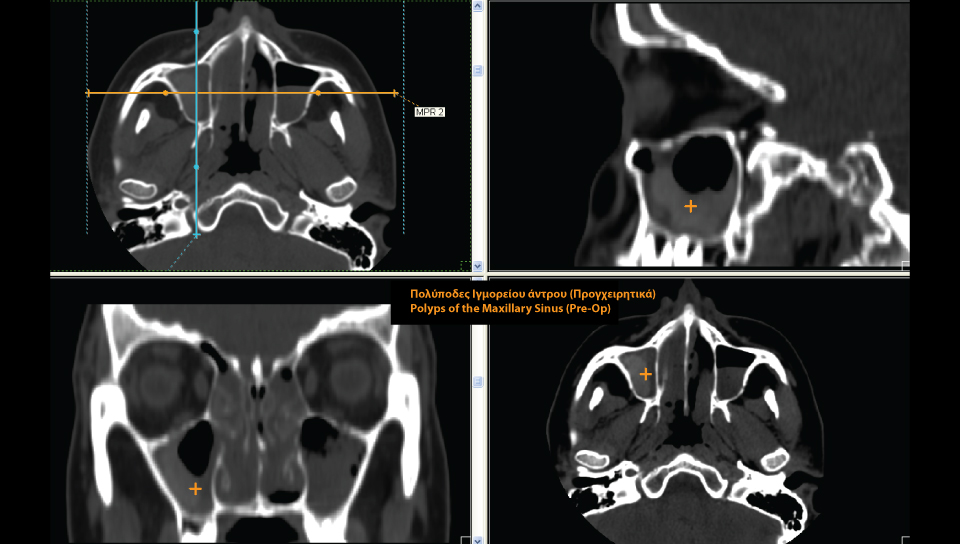
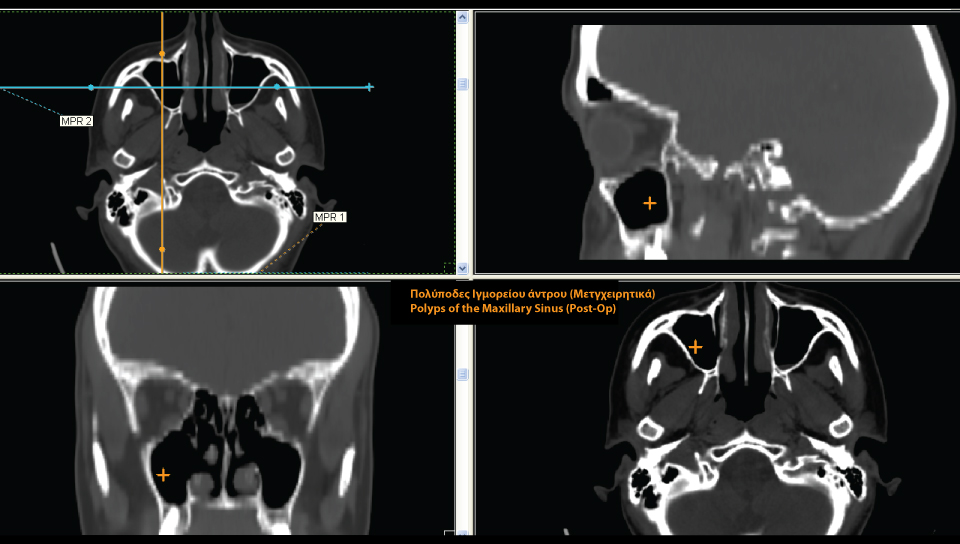
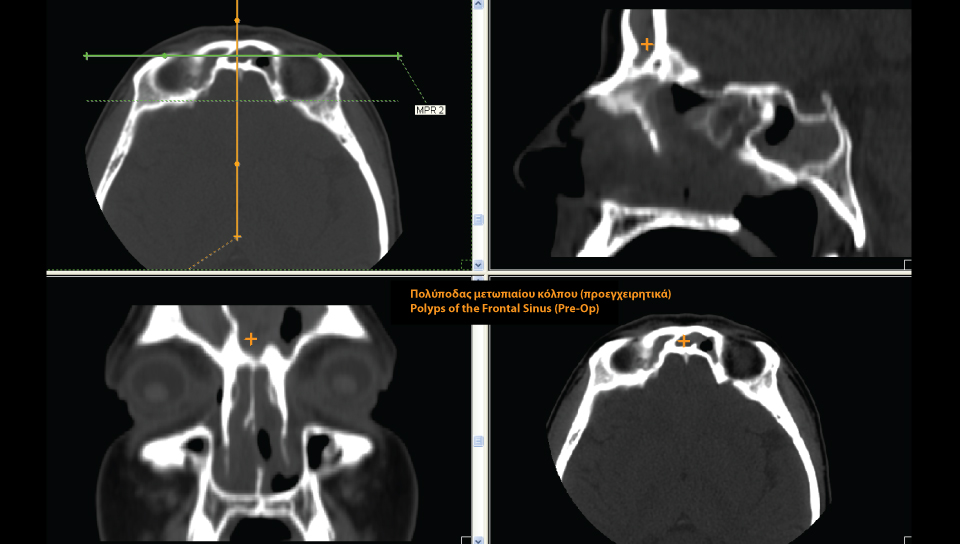
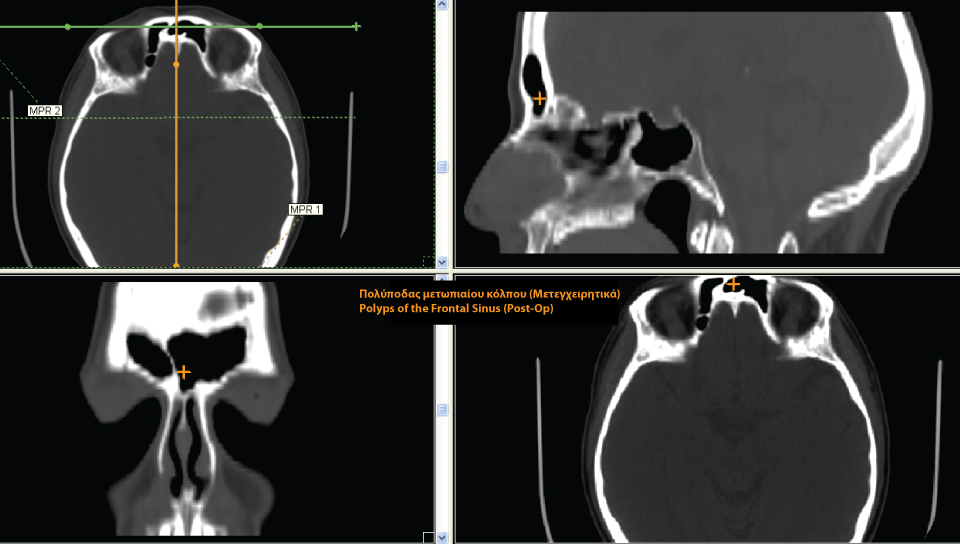
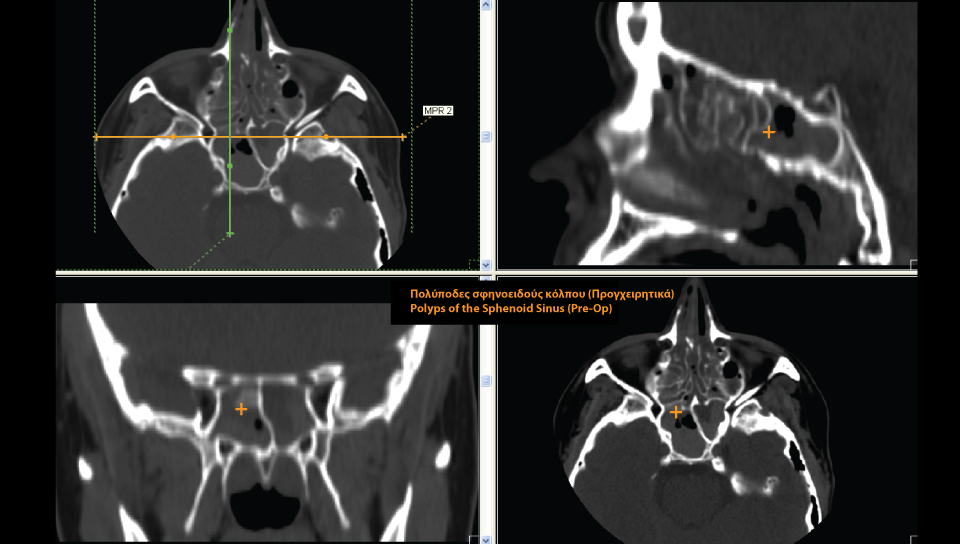
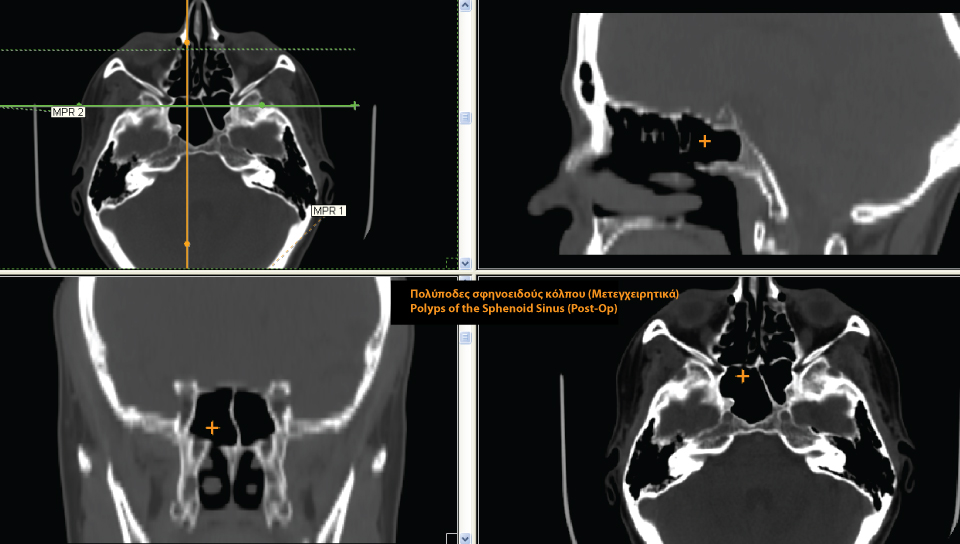
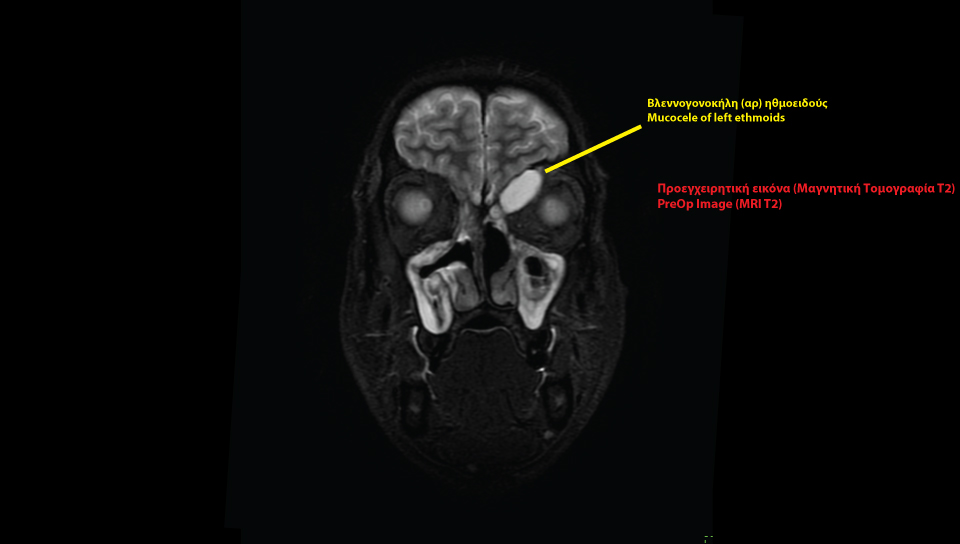
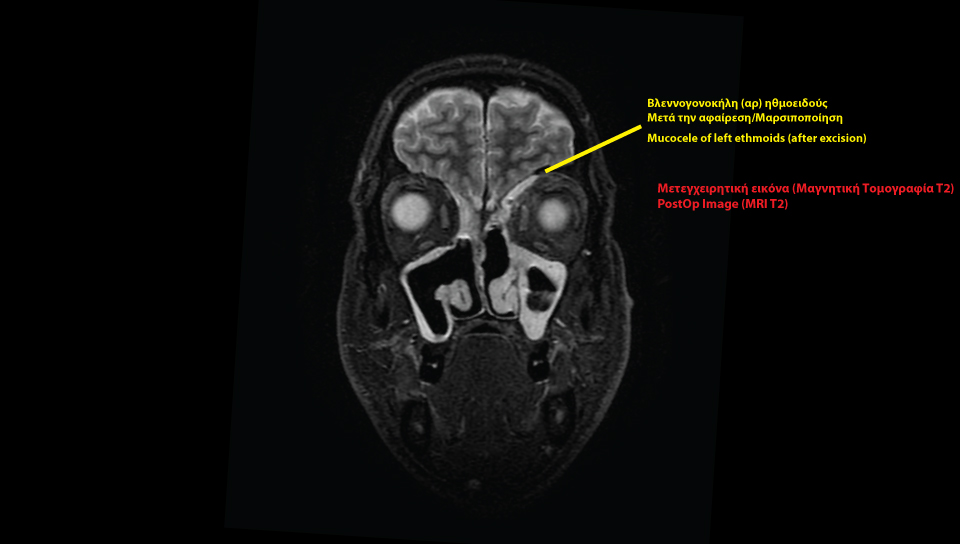












 Press here to download a free QR Reader
Press here to download a free QR Reader



